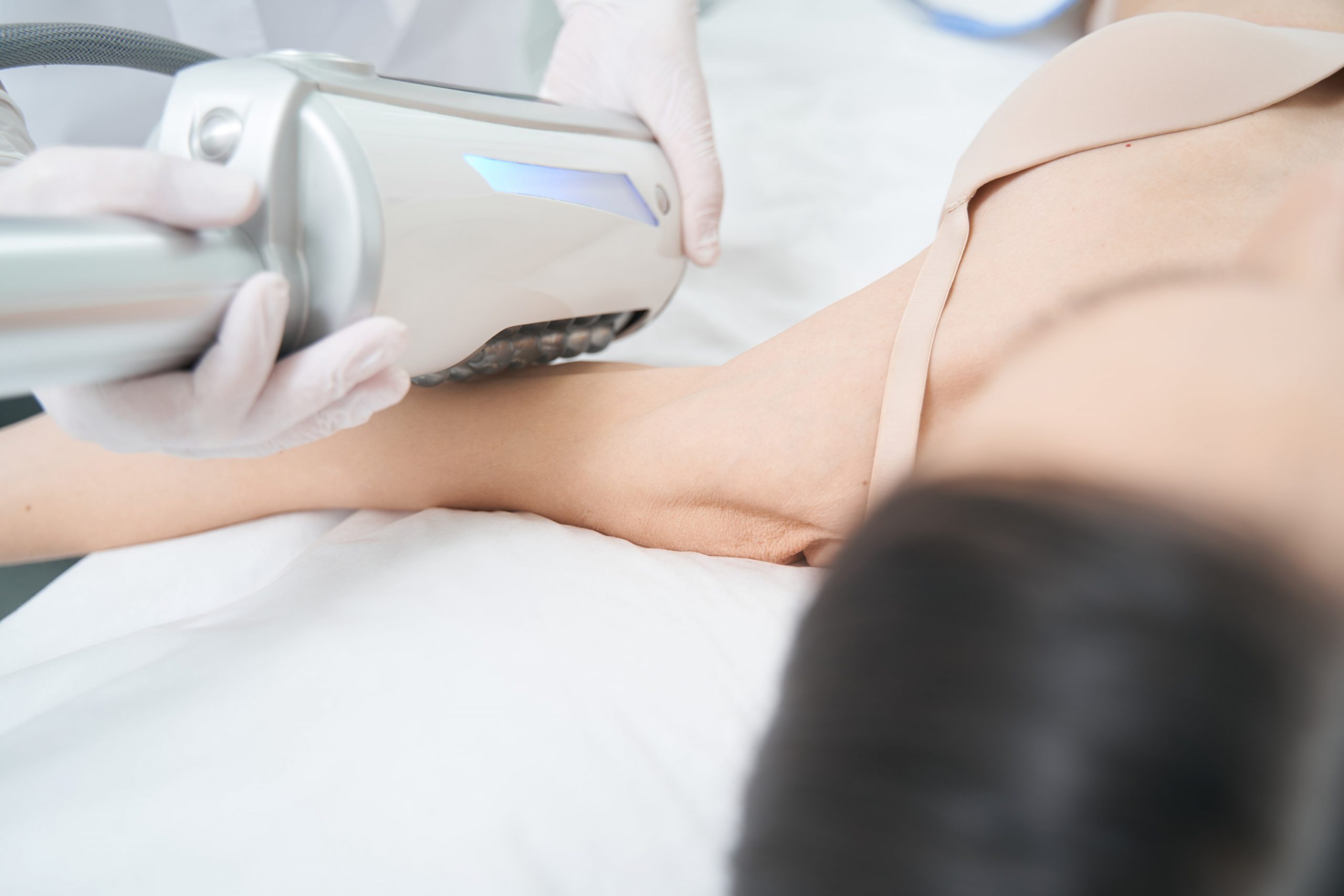The kidneys play many roles in your body, including regulating water and electrolytes, managing blood pressure, and making hormones that help you feel and look healthy. When your kidneys stop working well, they may cause changes to your skin.
The effects of different kidney problems on your skin can vary from a simple itching to painful and disfiguring blisters. If you have a particular skin condition that you experience with kidney disease, it is important to seek medical care from your doctor and dermatologist.
Xerosis cutis (dry skin)
Patients who have chronic renal failure may develop xerosis cutis, a common skin problem that is characterized by dry, scaly patches on the hands, legs and feet. Xerosis cutis is a result of deterioration of the eccrine sweat glands that normally control moisture in the skin. Using diuretics to reduce fluid loss can also contribute to this skin problem.
Xerosis can be itchy and uncomfortable, especially after being out in the sun or when showering. A doctor can prescribe a cream that contains emollients, which will help alleviate the itching. Alternatively, a person may try applying bath oil, which will further moisturize the skin.
Pruritus
Almost 50% to 91% of patents with dialysis experiences pruritus, a severe itching that can occur anywhere on the body. This itching can be intense and often occurs at night.
Itching can be relieved by topical applications that contain emollients or antihistamines. Getting sunlight or UVB light treatment in a doctor’s office or at a treatment center can also reduce itching.
Nephrogenic systemic fibrosis
People who have advanced kidney failure can develop a skin disease that affects a large portion of their body, including the skeletal muscle, heart, lungs and lymph nodes. This disease can resemble scleroderma and scleromyxedema with thickening and darkening of the skin.
Nephrogenic dermatosis can also develop when a person has been exposed to gadolinium in a kidney dialysis or diagnostic study, which can lead to itchy bumps on the face and arms. This rash can be a sign of other health issues, such as a thyroid disorder or iron deficiency.
Acquired perforating dermatosis is a skin rash that is seen in around 2% to 11% of people who are on dialysis. This rash can present as dome-shaped bumps, which are very itchy.
A patient with this rash will have redness and swelling in their arms, legs and face. It can be accompanied by protein leakage from the urine, which shows up as a bluish tinge or discoloration in the affected areas of the body.
Blisters
Some people with kidney disease develop a type of skin rash called bullous disease or porphyria cutanea tarda (PCT). This is a rare inflammatory skin condition that causes itchy, raised blisters on the hands, feet and face.
This condition can be life threatening and needs immediate medical attention. It is important to have a nephrologist diagnose and treat this condition before it gets worse. This is because blisters can spread to other areas of the body and aggravate other health conditions, such as asthma or arthritis.
